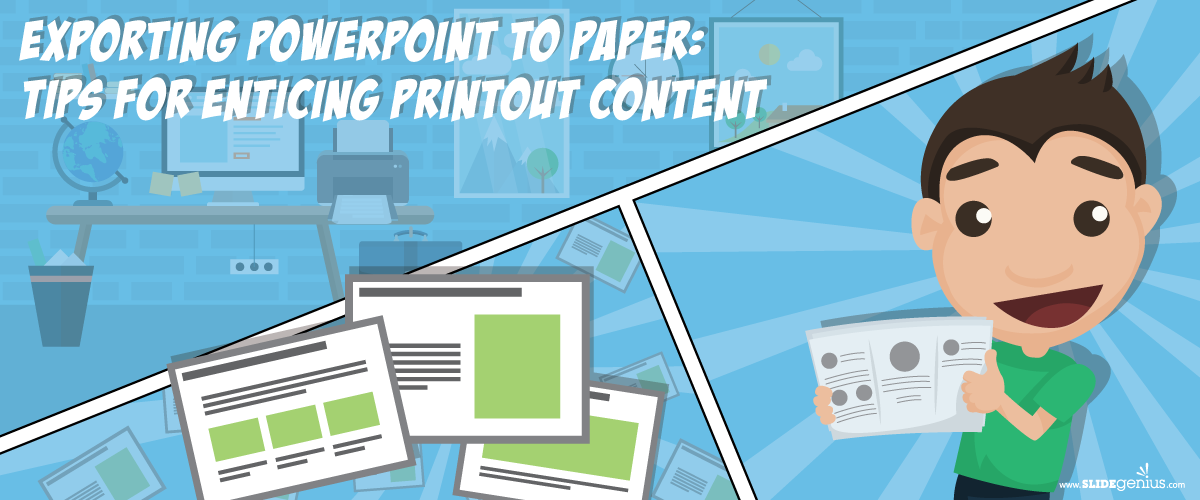
Using humor during a pitch can be an effective way to engage your audience, lighten the mood, and make your presentation memorable. However, humor must be used carefully—it needs to be relevant, appropriate, and well-timed to avoid detracting from the professionalism of your pitch. When used correctly, humor can build rapport, ease tension, and make your message more relatable.Here’s how to use humor effectively during a pitch:
1. Break the Ice and Build Rapport
Humor can be a great way to start your pitch by breaking the ice and creating an immediate connection with your audience. A light, non-controversial joke or humorous observation can set the tone and make your audience more receptive.How It Helps:
- Eases Tension: A little humor at the beginning of your pitch helps calm nerves (yours and the audience’s) and makes the environment more relaxed.
- Builds a Connection: A well-placed joke or witty comment can establish a connection with the audience and make you appear more relatable.
Example: Starting a sales pitch with a humorous comment like, “I promise I’ll keep this short—shorter than my grocery list, anyway,” can set a friendly tone and make the audience more comfortable.
2. Use Humor to Illustrate a Point
Humor can be used to highlight an important point or concept, making it more memorable. A funny story or metaphor can simplify complex ideas and help your audience better understand your message.How It Helps:
- Makes Points Memorable: Humor sticks in people’s minds. If you tie a joke to a key message, your audience is more likely to remember that point.
- Simplifies Complex Ideas: Humor can turn a complicated idea into something more digestible by using relatable, funny examples or analogies.
Example: If you’re explaining a technical solution, you could use a humorous analogy like, “Our software is like a GPS for your data—it tells you where you’re going, and it never asks for directions.”
3. Keep It Relevant and Audience-Appropriate
When using humor in a pitch, it’s important that it aligns with your message and is appropriate for your audience. Misjudging the audience’s humor preferences or making inappropriate jokes can backfire, damaging your credibility.How to Do It:
- Know Your Audience: Consider the demographics, background, and context of your audience. Tailor your humor to suit their sensibilities.
- Keep It Professional: Avoid controversial, inappropriate, or offensive humor. Keep your jokes light, non-political, and non-offensive.
Example: In a business pitch, stick to industry-related humor, like, “This is the kind of solution that even your IT guy will love—and they never love anything.”
4. Time Your Humor Wisely
Humor is most effective when it’s well-timed and delivered naturally. Don’t force it into your presentation at random moments—use humor strategically to add emphasis or lighten the mood when necessary.How to Do It:
- Use Humor as a Break: After presenting a series of complex or dense points, a well-placed joke can give your audience a mental break and re-engage their attention.
- Practice Delivery: Practice your timing and delivery to make the humor feel natural. The more naturally it flows, the more effective it will be.
Example: If your pitch covers a complex financial model, you could insert a light-hearted comment afterward like, “I know that’s a lot of numbers—don’t worry, there’s no pop quiz at the end.”
5. Use Self-Deprecating Humor Sparingly
Self-deprecating humor can make you appear humble and approachable, but it needs to be used sparingly and strategically. It’s important not to undermine your own expertise or the seriousness of your pitch.How to Do It:
- Keep It Light: If using self-deprecating humor, focus on small, harmless jokes that make you seem relatable without damaging your credibility.
- Balance with Confidence: Make sure your humor doesn’t overshadow your message or make you seem unprepared.
Example: A gentle self-deprecating joke, such as “I’m no mathematician, but I promise these numbers add up,” can make you seem more approachable without undermining your competence.
Final Thoughts
Humor can be a valuable tool during a pitch, helping to break the ice, engage your audience, and make your message more memorable. When used effectively, humor can ease tension, simplify complex ideas, and build rapport with your audience. Just remember to keep your humor appropriate, relevant, and well-timed to ensure it enhances your pitch rather than distracts from it.








